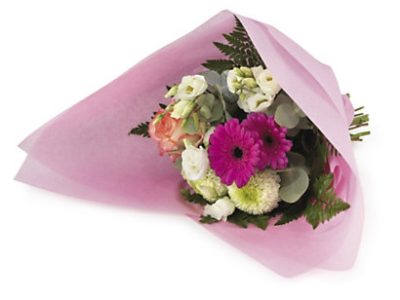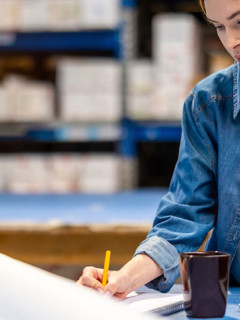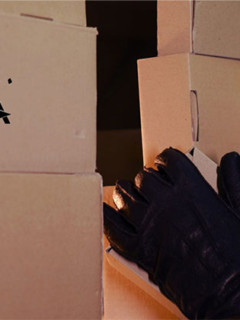Variety is a wonderful thing – this also applies to the packaging trade. It is hard to find more variety and choice of types and shapes. It’s a whole world in itself with the most surprising shapes and solutions, a fauna of its own, so to speak. The variety of bags in particular is remarkable!
Not all bags are the same
Many people think that packaging is a bit too mundane and unimportant? So let’s take something supposedly simple like the plastic bag. The bag itself is one of the most widespread forms of packaging. In our RAJA range alone, we list more than 400 different plastic bags!
Bags are – not only by their nature – extremely flexible and adaptable. They are resistant and can be found in practically all areas of daily life. Bags are made of LDPE, PP or paper, they are transparent and virtually tear-proof, and they adapt perfectly to their environment or their contents. There is nothing that cannot find a suitable bag – if we exclude living creatures.
The genus of bags can in turn be differentiated into various sub-types.
-
The pressure seal bag
The most important distinguishing feature is the closure. The most widespread today: the bag with a pressure closure. It is a comparatively young sub-form, but has spread rapidly and is increasingly displacing some of the other forms. It is available in a wide variety of sizes, with and without labelling fields, with and without a Euro hole. It is ideal, for example, for sorting goods, samples or whatever else you want to bag securely and watertight. As a young, attractive sub-form, the bag with a sliding closure complements this line of development. As zipper bags, they are a particularly elegant solution and you will certainly be familiar with them from the airport – as a transparent storage option for liquids in hand luggage. And there is also a variant in this category of the stand-up pouch, which olive fans may be familiar with. It is food-safe and can also be sealed to be liquid-tight. But our favourite bag remains the “kangaroo bag”. It is classified as a pressure seal bag, but has an additional side compartment. Our kangaroo is mainly used in the pharmaceutical industry or in laboratories to send or transport samples or medicines directly with an accompanying letter and still keep paper and sample separate – both in-house and worldwide.
-
Bags with pressure seal
Also widely used: the pouch with adhesive closure. It is available in countless variations, including very elegant ones with a glossy look. Accordingly, it likes to pack more precious contents such as textiles. It is quick and easy to close and – it has air holes. This prevents unwanted air pockets.
-
Paper bag
they are the environmentally friendly alternative to the plastic variety and can also be divided into countless subcategories again.
How does a large box actually fit into a bag?
It sounds like some kind of magic trick: a thick, voluminous box is supposed to fit into a flat bag! But it doesn’t take any magic at all, just the appropriate expert knowledge!
Let’s take an example: Your box would be 40mm long, 60mm wide and 20mm high.
To calculate the minimum size of the bag, add the height to the width and length.
So the smallest bag the box will fit into measures 60mm x 80mm!
In order to have a little air and to be able to fill it comfortably, it is advisable to add another 5 mm to each side. It’s so easy to “conjure the thick into the flat”!
As you can see: Brehm’s packaging life” will work. There is already no shortage of variations and variety in the bag realm, and new types are constantly being added. One example of many from the world of packaging. Take the cardboard box, for example…. We have photographed a small selection of our little stars – and mixed them well 🙂 Have fun with the RAJA bag memory:
 …
…
Please be patient for a moment.
The find-the-pair is loading …















